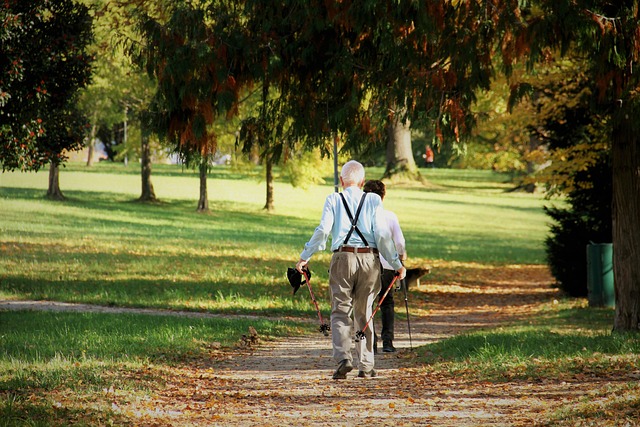What makes a city safe to live in?
Several key factors contribute to a city’s safety, which can influence overall well-being, sense of security, and quality of life for residents. Here are the main aspects that help make a city safe to live in:
1. Low Crime Rates
- Violent and Property Crimes: Cities with low rates of violent crimes (like assault, robbery, and homicide) and property crimes (like burglary and motor vehicle theft) are generally considered safer. Effective policing, community engagement, and economic stability can all contribute to lower crime rates.
- Visible Police Presence: Proactive, community-oriented policing and well-trained, visible law enforcement can deter crime and increase residents’ sense of security.
2. Good Emergency Response Services
- Police, Fire, and Medical Services: Fast, reliable, and well-equipped emergency services reduce response times to incidents and can help save lives. Access to emergency services is essential for a sense of safety.
- Preparedness for Natural Disasters: Cities that invest in emergency preparedness, such as hurricane response, flood prevention, and wildfire management, can better protect residents during extreme weather or other emergencies.
3. Quality Healthcare and Social Services
- Access to Healthcare: Availability of hospitals, clinics, and mental health services improves a city’s overall safety by providing residents with support and preventive care.
- Mental Health and Support Services: Cities with accessible mental health care, substance abuse programs, and social support resources tend to have fewer social issues that can lead to crime.
4. Strong Economy and Employment Opportunities
- Economic Stability: Cities with low unemployment rates and strong job markets have fewer economic-driven crimes. Good-paying job opportunities reduce poverty rates, which in turn can help lower crime.
- Affordable Housing: Housing affordability impacts overall stability in a city. Safe cities often have well-managed housing policies that reduce homelessness and housing insecurity.
5. Well-Planned Urban Design and Infrastructure
- Lighting and Surveillance: Well-lit streets and public spaces, along with CCTV in certain areas, can help deter crime and enhance safety in urban environments.
- Pedestrian-Friendly Infrastructure: Safe sidewalks, bike lanes, and effective traffic management reduce accidents and make public spaces safer.
- Public Transportation: Reliable and safe public transit, along with easy access to resources, helps improve mobility and accessibility while reducing the likelihood of incidents around transit hubs.
6. Education and Community Engagement
- Educational Opportunities: Cities with high-quality schools tend to have lower crime rates. Education offers opportunities that can reduce future criminal activities.
- Community Programs: Safe cities often have community-based organizations and neighborhood watch programs that foster community engagement and look out for residents’ safety.
7. Low Poverty and Inequality Rates
- Equity and Social Services: Reducing poverty and bridging income inequality with access to social services and affordable living options is essential for reducing crime and increasing safety.
- Homelessness Reduction: Cities that address homelessness and provide social services for the underprivileged tend to have a more secure environment for everyone.
8. Environmental Health and Cleanliness
- Clean, Well-Maintained Spaces: Clean public spaces, parks, and recreational areas enhance safety, as areas that are neglected or poorly maintained can become hotspots for criminal activity.
- Air and Water Quality: Environmental factors like air and water quality contribute to physical health and are an indirect part of a city’s overall safety profile.
9. Social Cohesion and Community Trust
- Neighborhood Involvement: Cities with strong community bonds, where neighbors know and look out for each other, often have lower crime rates.
- Trust in Institutions: When residents trust the local government and law enforcement, they’re more likely to report crimes and participate in community safety efforts.
Conclusion
A city’s safety comes from a combination of low crime rates, strong community ties, access to quality services, and robust infrastructure. The safest cities tend to prioritize these areas, often creating a cycle where positive conditions feed further stability and security.
What is the safest city to live in the United States?
The safest city to live in the United States can vary depending on different metrics like crime rates, emergency response times, healthcare, and overall quality of life. Here are some of the consistently ranked safest cities based on low crime rates and high quality of life:
1. Irvine, California
- Low Crime Rate: Irvine has one of the lowest violent and property crime rates among large U.S. cities.
- High Quality of Life: It’s known for excellent schools, well-maintained parks, and a strong job market.
- Family-Friendly: Irvine is popular among families due to its suburban feel and well-planned neighborhoods.
2. Frisco, Texas
- Safety and Growth: Frisco consistently ranks as one of the safest cities with low crime rates.
- Economic Opportunity: Rapidly growing, it has a thriving economy with good job prospects.
- Community-Oriented: With quality schools and family-friendly amenities, Frisco has a strong sense of community.
3. Naperville, Illinois
- Very Low Crime Rate: Naperville’s crime rates, particularly for violent crime, are among the lowest in the U.S.
- Amenities: Known for excellent schools, community activities, and scenic parks.
- Cultural Diversity: This city provides a suburban feel with a touch of diversity and inclusivity.
4. Cary, North Carolina
- Safety and Comfort: Cary is consistently ranked high for safety due to its low crime rate and suburban charm.
- Healthcare and Education: It offers access to high-quality healthcare and education options.
- Proximity to Tech and Research Hubs: Located near Raleigh and Durham, Cary has a strong job market and opportunities for professionals.
5. Port St. Lucie, Florida
- Lower Crime, Slower Pace: Known for a low crime rate and laid-back lifestyle.
- Affordability: Cost of living is lower than many other safe cities.
- Scenic: It has a number of natural attractions, like beaches and nature preserves, appealing to families and retirees alike.
Honorable Mentions
- Gilbert, Arizona
- Plano, Texas
- Overland Park, Kansas
- Ann Arbor, Michigan
- Virginia Beach, Virginia
While these cities rank high in safety, personal preferences like climate, cost of living, and lifestyle should be taken into account when choosing the safest place to live.






